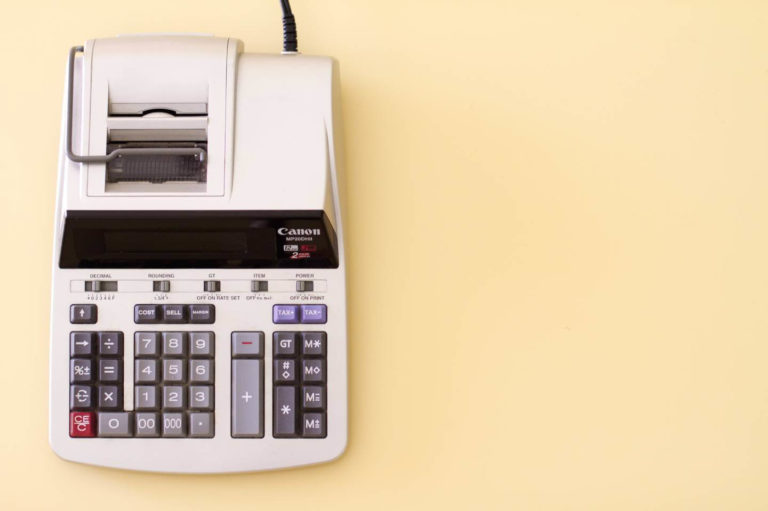Have you ever heard of pro rata? Do you know exactly what it is? Do you know how it affects your billing? If you are looking to refresh your knowledge, or searching for some initial guidance, we are going to explain everything in this article.
Whether we like it or not, VAT is the inevitable tax that you will find over and over again in your business life. And because it’s not going away, the most efficient thing you can do is to fully understand all of the aspects of this concept and, above all, understand how this concept affects your billing.
When referring to VAT, everything is linked. But do you know what exactly the rule is? Let’s take a look below, and we will also be covering exactly how to calculate it.
What is the pro rata rule?
There are times when a taxpayer exercises certain professional or business activities in which he covers both a service provision and delivery of goods. Some action will generate a right to a deduction, but others do not. This is when the rule is born.
It was created to cover the need to define which fees are deductible and which are not. To sum it up; the pro rata rule is the percentage of VAT that can be deducted in the event that the subject is performing both deductible and non-deductible activities.
If you’re still a little bit confused, we are going to highlight the different modalities of this concept and clarify it a little more for you below.
Types of pro rata
There are different types of this concept, and we explain them below.
Pro rata general
When we refer to general pro rata, we are talking about the application of a percentage of the total amount of VAT supported. To calculate it, we take the deductible operations and multiply them by one hundred, so that the result of the multiplication is divided by the total operations performed. The result will then be rounded to its immediate higher number. When put into a formula it would look like this;
Deductible operations x 100 / Total operations
The calculation of the general pro rata is made from the total operations of the subject, therefore, the specific use of each good or service. This means that the resulting amount will be inaccurate. So because of that, there is a much more precise calculation we can do.
Special pro rata
If the total fees deducted in the current year exceed 20% when making the general pro rata, then the special pro rata is mandatory by law. So to be able to calculate it, three large groups are distinguished;
-
- Deduct all VAT supported if; expenses are generated by the purchase of goods and services exclusively in deductible activities (subject to VAT).
- No VAT will be deducted if; expenses are generated by the purchase of goods and services exclusively in non-deductible activities (not subject to VAT).
- Use the general pro rata formula if; expenses are generated by the purchase of goods or services common to the two activities.
Now that we have categorised the expenses and calculated the relevant deductions, all we need to do is a final sum and then we will be presented with the special pro rata. This will help for your accounting tasks and will make you a true master of VAT.
Also, when it comes to dealing with VAT, all help is appreciated. So whether you have tonnes of knowledge around the matter or not, you can be sure that using a good online accounting software will help tenfold.











